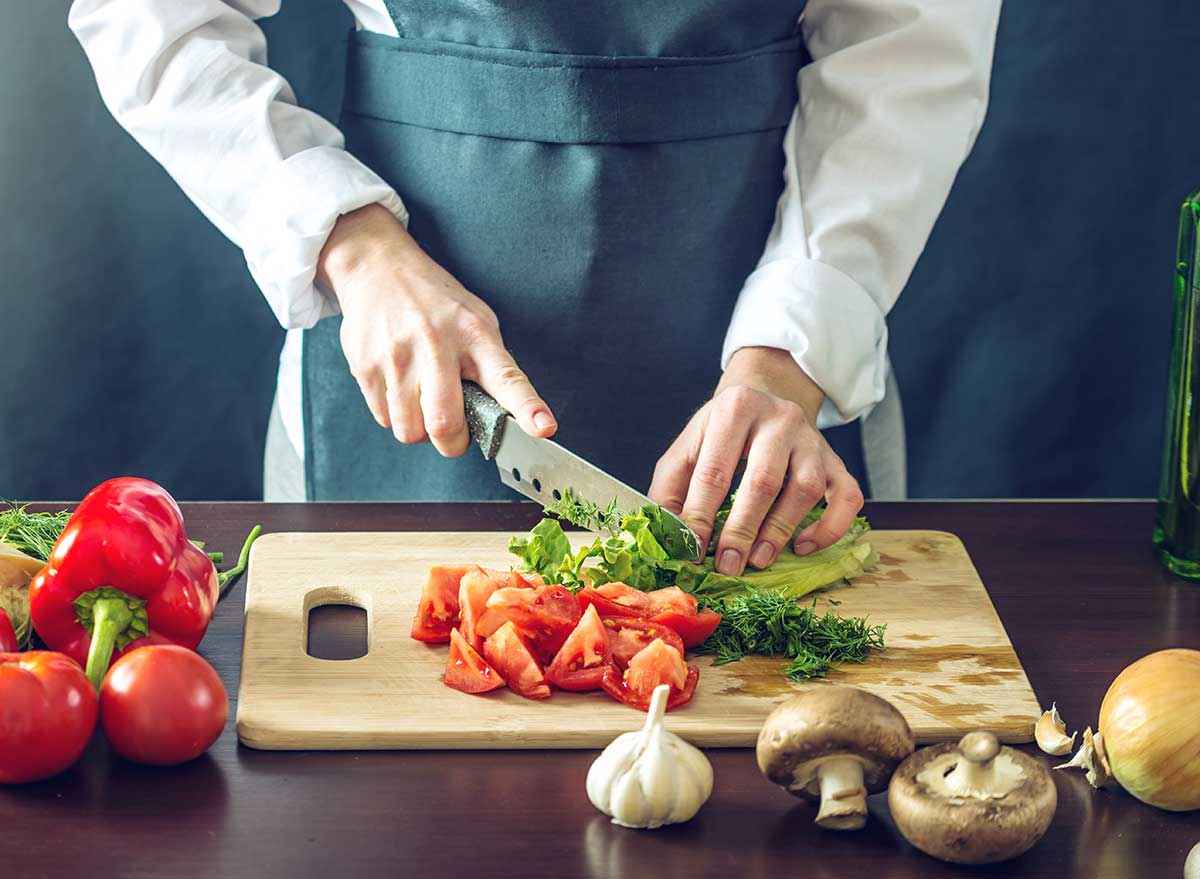How to Paint a Cutting Board for Grill Masters and BBQ Enthusiasts
Written By James Morgan
Barbecue enthusiasts know the importance of presentation when it comes to serving up delicious grilled food. One often-overlooked aspect is the cutting board, a crucial tool in your BBQ toolkit. But what if you could give it a personal touch? Painting a cutting board can add both flair and functionality to your grilling experience. In this article, we'll delve into how to paint a cutting board effectively, ensuring it's safe, durable, and aesthetically pleasing.

Why Paint a Cutting Board?
Before diving into how to paint a cutting board, it's essential to understand the why. Painting a cutting board can make it more visually appealing, making it a standout piece during your BBQ sessions. Customized designs can also help you keep track of specific boards for different types of food, reducing the risk of cross-contamination.

Materials Youll Need
Safety First
When painting any kitchen utensil, safety is paramount. You'll need food-safe paint, sandpaper, painters tape, and a sealant. Heres a detailed list:
- Food-safe paint
- Fine-grit sandpaper
- Painters tape
- Food-safe sealant
- Brushes
- Clean cloth
- Cutting board oil

Step-by-Step Guide
Step 1: Prepare the Cutting Board
Start by cleaning your cutting board thoroughly. This step cannot be overstated as any residue can affect paint adhesion. Use warm soapy water and a scrub brush if necessary. Let it dry completely.
Step 2: Sanding
Use fine-grit sandpaper to gently sand the entire surface of the cutting board. This helps to create a rough surface that allows the paint to adhere better. After sanding, wipe off any dust with a clean cloth. If you're preparing an old wooden board, check out this guide on prepping a wooden board.
Step 3: Tape Off Areas
Use painters tape to section off areas you dont want to paint. It's a good idea to leave the area used for cutting unpainted to ensure it remains food-safe.
Step 4: Apply the Paint
Now its time for the main event! Use a brush to apply your food-safe paint to the cutting board. Be sure to apply thin, even coats to avoid any drips or uneven surfaces. Depending on the paint, you might need multiple coats. Follow the manufacturers instructions for drying times between coats.

Finishing Touches
Step 5: Seal the Deal
Once the paint has dried, apply a food-safe sealant to protect your design. This step is crucial for making the paint durable and long-lasting. Allow the sealant to cure as per the manufacturers instructions.
Step 6: Final Sand and Oil
After the sealant has cured, give your cutting board a final light sand to smooth out any bumps. Wipe it clean and apply a coat of cutting board oil. This will add an extra layer of protection to your painted areas and keep the board in good condition. For more on maintaining your board, visit this maintenance guide.
Caring for Your Painted Cutting Board
Even with a sturdy finish, painted cutting boards need special care. Here are some tips:
- Always hand wash the board with mild soap and warm water.
- Avoid soaking the board in water.
- Regularly oil the board to keep it in tip-top shape.
For more tips, check out when to replace your cutting board.
Frequently Asked Questions (FAQs)
Is it safe to paint a cutting board?
Yes, its safe as long as you use food-safe paint and sealant. Always ensure that the painted areas do not come into direct contact with the food.
How often should I reapply the sealant?
The frequency of reapplying the sealant will depend on how often you use the board. Generally, its recommended to reapply every few months to keep the board in good condition.
Can I use any type of paint?
No, you should only use food-safe paint to ensure there are no harmful chemicals that could contaminate your food. For additional safety practices, you can refer to avoiding cross-contamination.
As an Amazon Associate, I earn from qualifying purchases.



